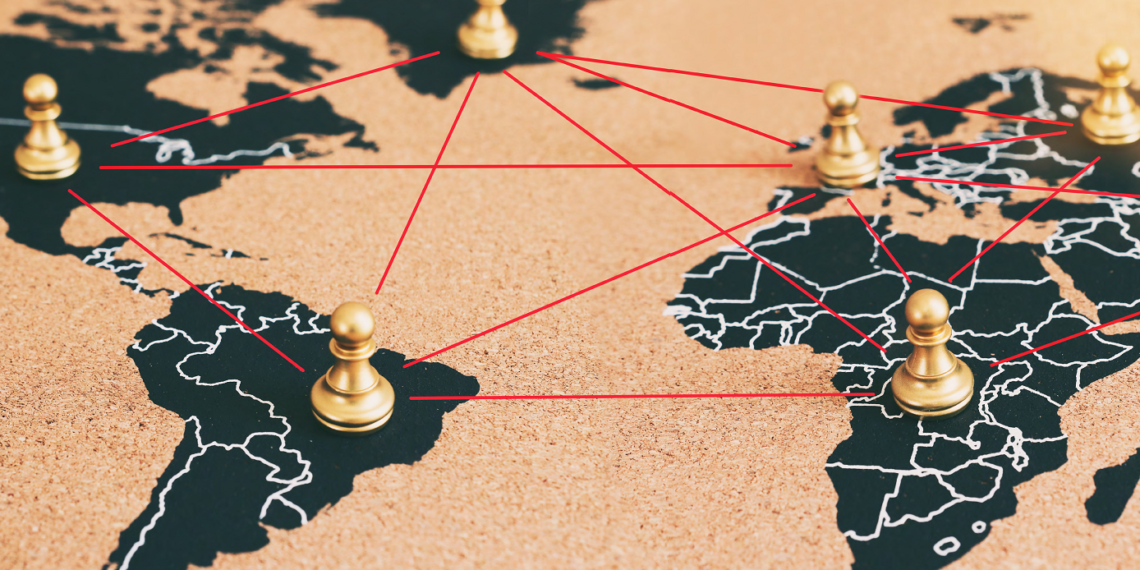We understand that you have done academic studies on strategic minerals. How does this relate to critical minerals and geopolitics?
Yes, both in my undergrad as a geologist, and graduate studies in my MBA, I had an interest in strategic minerals and did special research projects on these subjects. Essentially “strategic minerals” are minerals that countries try to keep away from enemy or non-friendly countries. Further, if enemy countries have these strategic minerals, the other countries will try to acquire it. Strategic minerals became very important leading up to, and during, the Second World War, and were important elements of the United States Strategic and Critical Materials Stock Piling Act of 1939. Under this act, the US acquired, stored, and maintained reserves of selected minerals for defense and military purposes. In fact, friendly countries such as Canada provided raw materials to the US during the war effort. The term “critical minerals” is an updated and enhanced version of this old strategic minerals policy. In the last few years, Canada, Australia, the EU, the UK, and the US have all enacted critical legislation or policy with a slightly different objective in mind. This time, the strategy is for industrial purposes and not purely military. These minerals are for the energy transition, modern technology, as well as national security. The notion of keeping these important minerals away from the enemy or non-friendly hands, however, remains. The Canadian and Australian critical minerals lists have 31 and 26 minerals respectively.
What are the key drivers that are causing geopolitics to now have an outsize role in the mining sector?
Developed countries, which have previously paid little attention to mineral and raw materials supply chains, suddenly realized that in a post-COVID economy, the supply of these essential minerals was threatened. In addition, there was the realization that these critical minerals (copper, lithium, cobalt, rare earths, etc.) which are essential for the energy transition to tackle climate change, had the potential to be supply constrained. In other words, there is no energy transition without these critical minerals. Many of these key minerals are in developing countries, some with questionable internal politics and external political alliances, and associated country risks. Although developed countries such as Canada, Australia, and the US have abundant national geological endowments of some of these key minerals; the ‘not-in-my-backyard’ environmental policies have hindered the development of mines and even exploration in some cases. Furthermore, certain countries dominate the production or reserves of some of these critical minerals. For example, more than 70% of rare earths are processed in China; more than 60% of primary cobalt reserves are in the Democratic Republic of Congo (DRC), and most lithium brines are concentrated in Chile and Argentina.
The future presents enormous opportunities and a new super cycle in critical minerals is on the horizon
Can you comment on the international political blocks that are now developing with respect to raw materials?
I spent years in western China where we had a gold and base metal exploration project. In a town in the region where our project was located is, Kasggar. This town, located near the border with central Asia, was the site of the book called The Great Game. The book details the intrigues, exploits, and maneuvering of diplomats of great empires in the 19th century as they try to carve up raw-material rich vassal states. I see the same thing happening now, with the new focus on critical minerals. There are two distinct geopolitical blocks forming, and these blocks will be looking to have influence over the third block for critical raw materials. The two geopolitical blocks are the Anglosphere block (US, UK, Canada, Australia, and the EU) and the China-Russia block. The third block for which they will compete for influence includes India, Latin America, Southeast Asia, and Africa. This third block is mineral rich, and more so, critical minerals rich.
What are the effects of geopolitics on miners in Canada?
Canada not only established a critical minerals list, but is also in the process of establishing legislation that will limit non-friendly counties (for national security and industrial policy reasons) from accessing Canada’s critical minerals, either at the production, processing, or exploration stage. Currently, the Canadian government issued an order that three companies in the critical minerals space divest of foreign ownership. It remains to be seen whether this will have a significant effect on Canada as a leading mining financial center and one of the world’s leading international mining exploration countries. Canadian companies in the critical minerals space will have to be diligent to ensure there are no shareholdings from designated counties.
How do you see the mining space shaping out in the future, in view of the geopolitical factors?
The public is now appreciating the value that mining and minerals plays in society. Millennials, as well as young kids, will soon realize that there are no mobile phones without critical minerals. More importantly, western governments are looking to us in the mining space to help solve the climate change and energy transition. The future presents enormous opportunities and a new super cycle in critical minerals is on the horizon.












